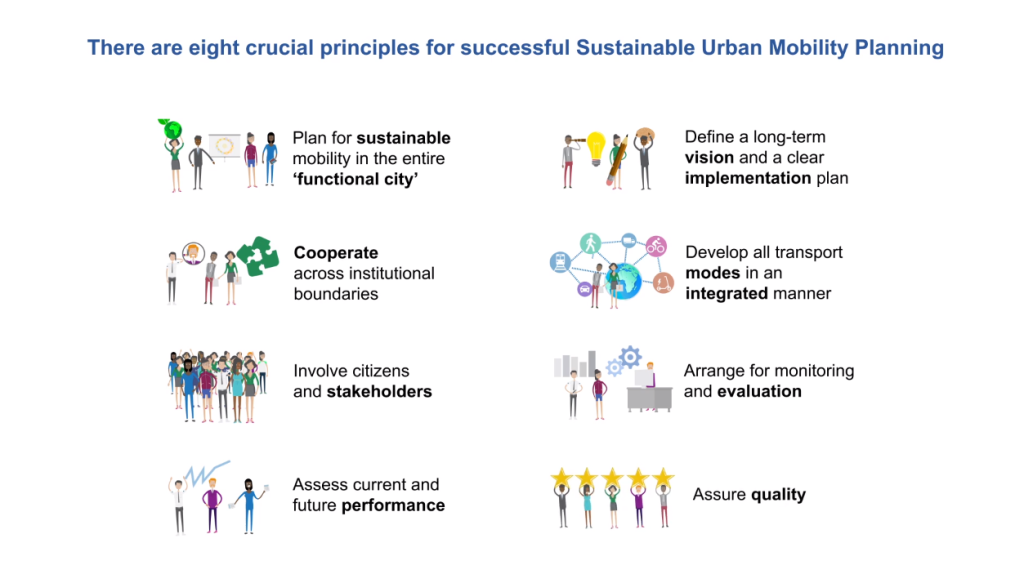Unlocking Sustainable Urban Transport: The Definitive Guide
Sustainable Urban Transport Definition: Redefining the way we move in cities
Living in a bustling city with its traffic congestion and high levels of pollution can be challenging. That’s where sustainable urban transport comes into play. In simple terms, sustainable urban transport refers to any mode of transportation that is environmentally friendly, economically viable, and socially equitable. It aims to redefine the way we move in cities by promoting efficient and sustainable transportation options.
What is Sustainable Urban Transport?
Sustainable urban transport is an approach to transportation planning that prioritizes the use of public transportation, walking, cycling, and shared mobility services to reduce the dependence on private cars. It focuses on creating a transportation system that is accessible, affordable, and environmentally friendly. By integrating various modes of transportation and promoting active mobility, sustainable urban transport aims to create a more livable and sustainable city.
3 Picture Gallery: Unlocking Sustainable Urban Transport: The Definitive Guide



Who Benefits from Sustainable Urban Transport?
Sustainable urban transport benefits everyone, including individuals, communities, and the environment. Individuals benefit from improved accessibility, reduced travel time, and enhanced health and well-being. Communities benefit from reduced congestion, improved air quality, and a more vibrant public realm. The environment benefits from reduced carbon emissions and a lower ecological footprint.
When and Where Can Sustainable Urban Transport Be Implemented?

Image Source: sumbilbao.com
Sustainable urban transport can be implemented in any city, regardless of its size or location. It is a holistic approach that requires long-term planning and investment. Many cities around the world have already taken steps to implement sustainable urban transport initiatives, such as the development of dedicated cycling lanes, the expansion of public transportation networks, and the promotion of car-sharing programs. These initiatives have proven to be successful in reducing traffic congestion and improving the quality of life for urban dwellers.
Why is Sustainable Urban Transport Important?
Sustainable urban transport is important for several reasons. Firstly, it helps to reduce the negative impacts of transportation on the environment. Private cars are a major source of greenhouse gas emissions, air pollution, and noise pollution. By shifting towards sustainable modes of transportation, we can reduce our carbon footprint and create healthier cities. Secondly, sustainable urban transport promotes social equity by providing affordable and accessible transportation options for all members of society, regardless of their income or physical abilities. Lastly, it contributes to the overall livability and attractiveness of cities by reducing congestion and enhancing the urban environment.
How Can Sustainable Urban Transport Be Achieved?
Achieving sustainable urban transport requires a multi-faceted approach that involves various stakeholders, including policymakers, urban planners, transportation providers, and the public. Key strategies include:

Image Source: eltis.org
Investing in public transportation infrastructure and services
Promoting non-motorized modes of transportation, such as walking and cycling
Implementing congestion pricing or road user charges to discourage private car use
Encouraging the use of electric vehicles and other clean energy technologies
Integrating land use and transportation planning to create more compact and walkable neighborhoods
FAQs about Sustainable Urban Transport
Q: What are the benefits of sustainable urban transport?

Image Source: eltis.org
A: The benefits of sustainable urban transport include reduced congestion, improved air quality, enhanced accessibility, and a lower carbon footprint.
Q: Are there any disadvantages to sustainable urban transport?
A: Some potential disadvantages include the need for significant upfront investment, potential resistance from car-dependent individuals, and the need for behavior change.
Q: How can I contribute to sustainable urban transport?
A: You can contribute to sustainable urban transport by using public transportation, walking or cycling for short trips, and advocating for sustainable transportation policies in your community.
The Future of Sustainable Urban Transport
The future of sustainable urban transport looks promising. As cities continue to grow, the need for efficient and sustainable transportation options becomes increasingly important. Governments, city planners, and transportation providers are recognizing the benefits of sustainable urban transport and are actively working towards implementing innovative solutions. By investing in sustainable transportation infrastructure, promoting active mobility, and adopting clean energy technologies, we can create cities that are not only environmentally friendly but also vibrant and livable.
Conclusion
Sustainable urban transport is more than just a concept; it is a necessity in today’s world. As we strive to create cities that are more livable, inclusive, and sustainable, redefining the way we move is crucial. By prioritizing the use of public transportation, walking, cycling, and shared mobility services, we can reduce congestion, improve air quality, and enhance the overall quality of life for urban dwellers. Sustainable urban transport is not just about getting from point A to point B; it is about creating a better future for all.
This post topic: Electric Car Technology

